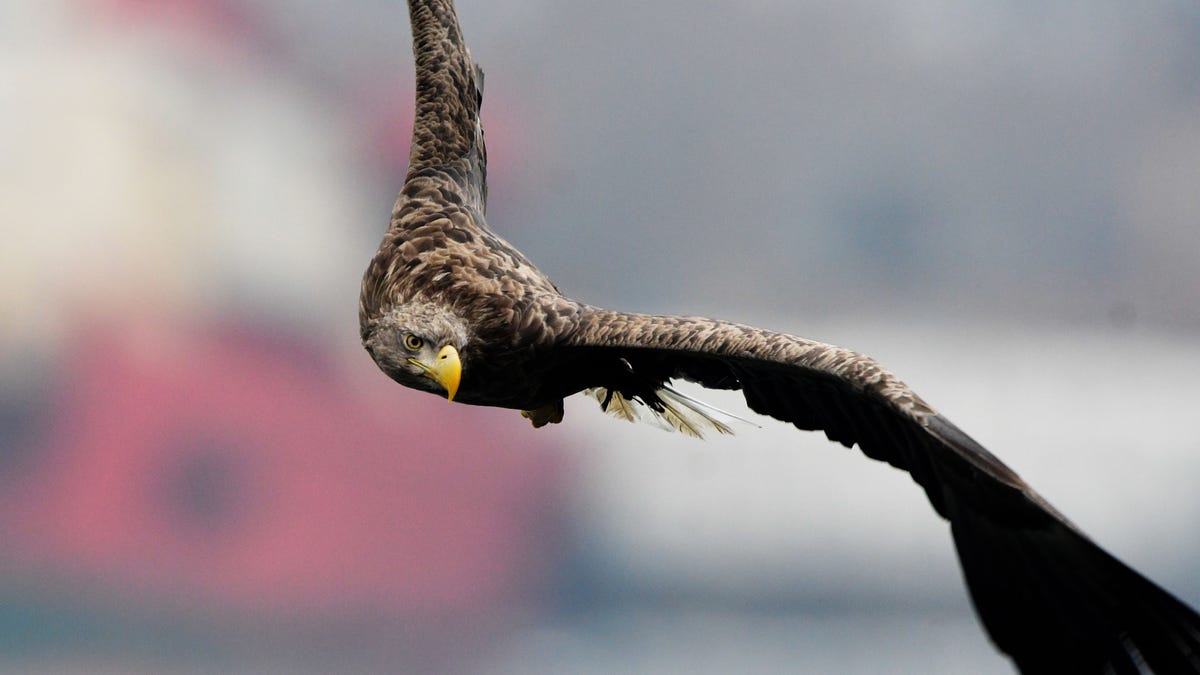Fox News Flash top headlines for Sept. 19
Fox News Flash top headlines for Sept. 19 are here. Check out what's clicking on Foxnews.com
There are almost 3 billion fewer birds in the United States and Canada now than in 1970, according to a disturbing new study.
That amounts to a 29 percent drop in the avian population over the past half-century.
“Three billion is a punch in the gut,” Peter Marra, a conservation biologist at Georgetown University, told Science News. “Our study is a wake-up call. We’re experiencing an ecological crisis.”
For their study, which was published Thursday in Science, researchers examined a dozen databases covering decades of bird observations in the U.S. and Canada. They used statistical analysis to estimate trends since 1970.
ASTEROID DUST MAY HAVE TRIGGERED MASSIVE EXPLOSION OF LIFE ON EARTH 466 MILLION YEARS AGO

A white-tailed sea eagle flys over the Zolotoy Rog Bay in Russia. (Getty Images)
"This loss of bird abundance signals an urgent need to address threats to avert future avifaunal collapse and associated loss of ecosystem integrity, function and services," the study's abstract states
The population loss affected common and rare birds alike, as well as invasive species.
Although the study does not specifically address why the birds are disappearing, experts believe that many species face habitat damage or loss.
“As habitats diminish, birds have nowhere to go,” Kenneth Rosenberg, an ornithologist at Cornell University, told Science News.
RARE 10-MILLION-YEAR-OLD FOSSIL UNEARTHS NEW VIEW OF HUMAN EVOLUTION

Two white storks with outstretched wings flying over a field. (Photo by Boris Roessler/picture alliance via Getty Images)
However, the study shows that some populations of birds -- such as mallard ducks and Canadian geese -- have actually increased in number since 1970.
“This increase is no accident,” Rosenberg said. “It’s a direct result of decades of conservation efforts made by hunters and billions of dollars [spent] to protect these birds and their habitat.”
Rosenberg added that he hopes the study will spur similar concern for all types of birds.

